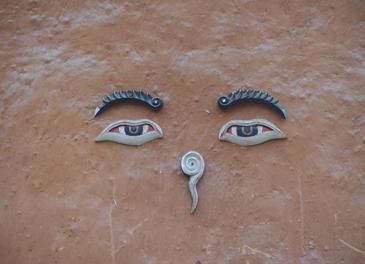Namaste From Nepal

Eight out of the ten world's highest mountains are in Nepal. An aerial view of the Kathmandu Valley
(Credit: Pokhara Lumbini)
I can vouch for K of Hong Kong, spending time in Kathmandu – as I took the same Welcome in Nepal photo when there in May 2019!
As you could tell from K’s photos and those below, Kathmandu is chaotic - motorbikes, beaten up trucks and buses, motorised carts all vie for any available space. People cross the road wherever they like - We know now why women wear brightly coloured clothes - for survival! Traffic police man the main intersections wearing masks as the fumes and dust are appalling.
Little minibuses are full to overflowing, yet a few more people seem to find a space. A Suzuki Swift with three large ladies in the back, another in the front seat with a child on her lap! Motorbike riders must wear helmets, but not the passengers. One passenger hugged a goat while another sported a pair of crutches under his arm - Did he need them now or in case he fell of the motorbike... ??
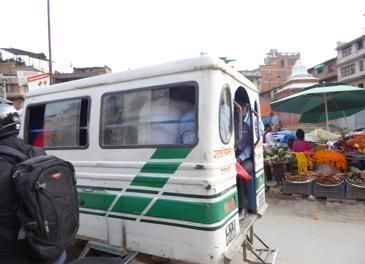
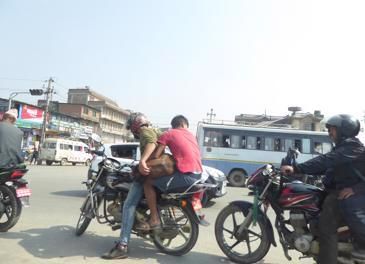
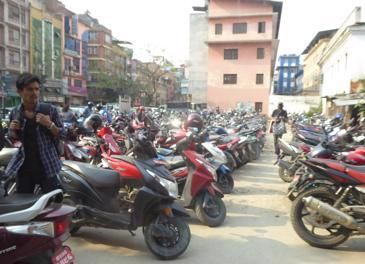
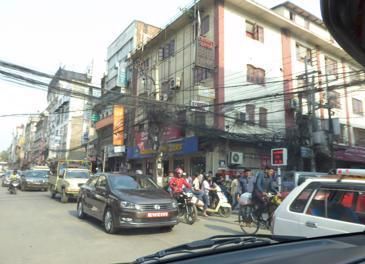
The cows teasingly hang about in the middle of the road, forming a bovine medium strip! The fine for killing a cow is two years in gaol. Bunches of liquorice hang from the telegraph poles: spaghetti wiring. How the linesmen determine the correct wire is a constant source of amazement.
Rather than noisy and congested Kathmandu, we elected to stay in Bhaktapur, one of three Malla kingdoms in the Kathmandu Valley. It was Nepal’s capital between the 12th-15th centuries and until a devastating earthquake in 2015, the best preserved. Ancient temples then tumbled, as did thousands of homes; 8200 people died, millions made homeless.
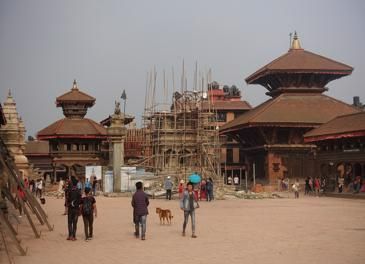
The city developed to service the old trade route between Tibet and India and proudly wears its Newari heritage. The three main squares are filled with towering temples, some intact, some in ruins, others being restored, as craftsmen rebuild the temples, a gigantic jigsaw of stone pieces.
Cultural life spills onto the streets - along narrow alleys artisans weave cloth, chisel timber; courtyards filled with drying clay pots, locals gather to chat or pass the time of day on street corners, calling out a friendly namaste as we pass by, faces breaking into wide smiles.
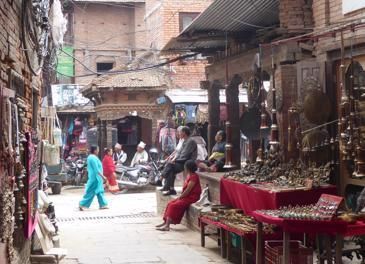
We admired the famous Peacock Window, known as the Mona Lisa of Nepal, dating back to the early 15th century, an excellent example of the local wooden fretwork; then to Nyatapola Temple, 5 storeys towering over the square, the tallest temple in Nepal; next the Golden Gate, which dates back to the 18th century and opens to the courtyard of the Royal Palace and the 55 Window Palace - yes 55 intricately carved timber windows adorn the upper level.
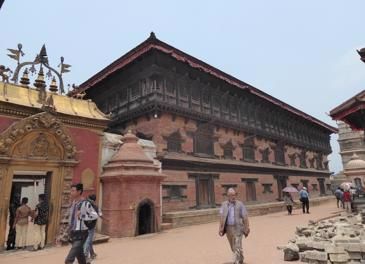
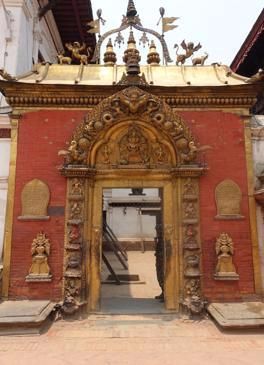
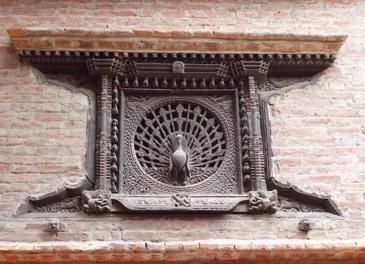
Our hotel was on the outskirts of the town, nestled among farmland, temples and some schools. In the distance the glorious Himalayas.
We woke to gentle sounds of roosters crowing and Buddhist bells, later in the day laughing children. Originally a garment factory, the family had a vision to transform the property into a boutique hotel of just 25 rooms, which has won a string of awards.
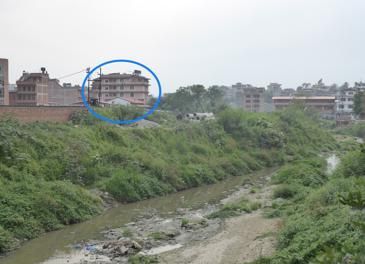
The hotel was built using century old bricks from Rana palaces, stones from 17th Century and integrates reclaimed timber and 16th century antiques. The furniture handmade by local craftsmen mostly using reclaimed wood from traditional Newari houses, Rana royal palaces and their residences. All the fabrics — curtains, cushions, bed coverings originate from the family factories. Each room quite different, featuring detailed wood carvings, brass and copper crafts, terracotta works and Mithila paintings.
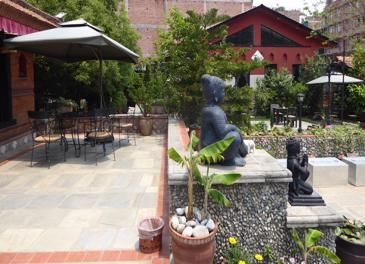
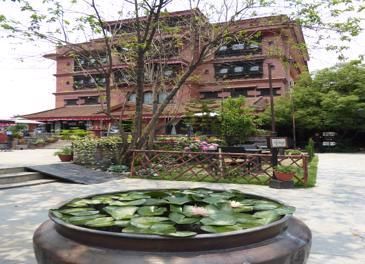
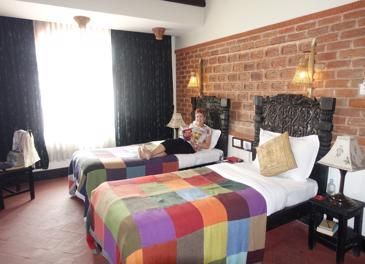
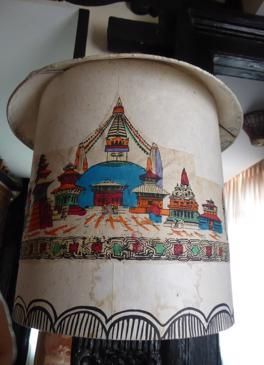
There’s always something fascinating to behold in Nepal. Namaste
